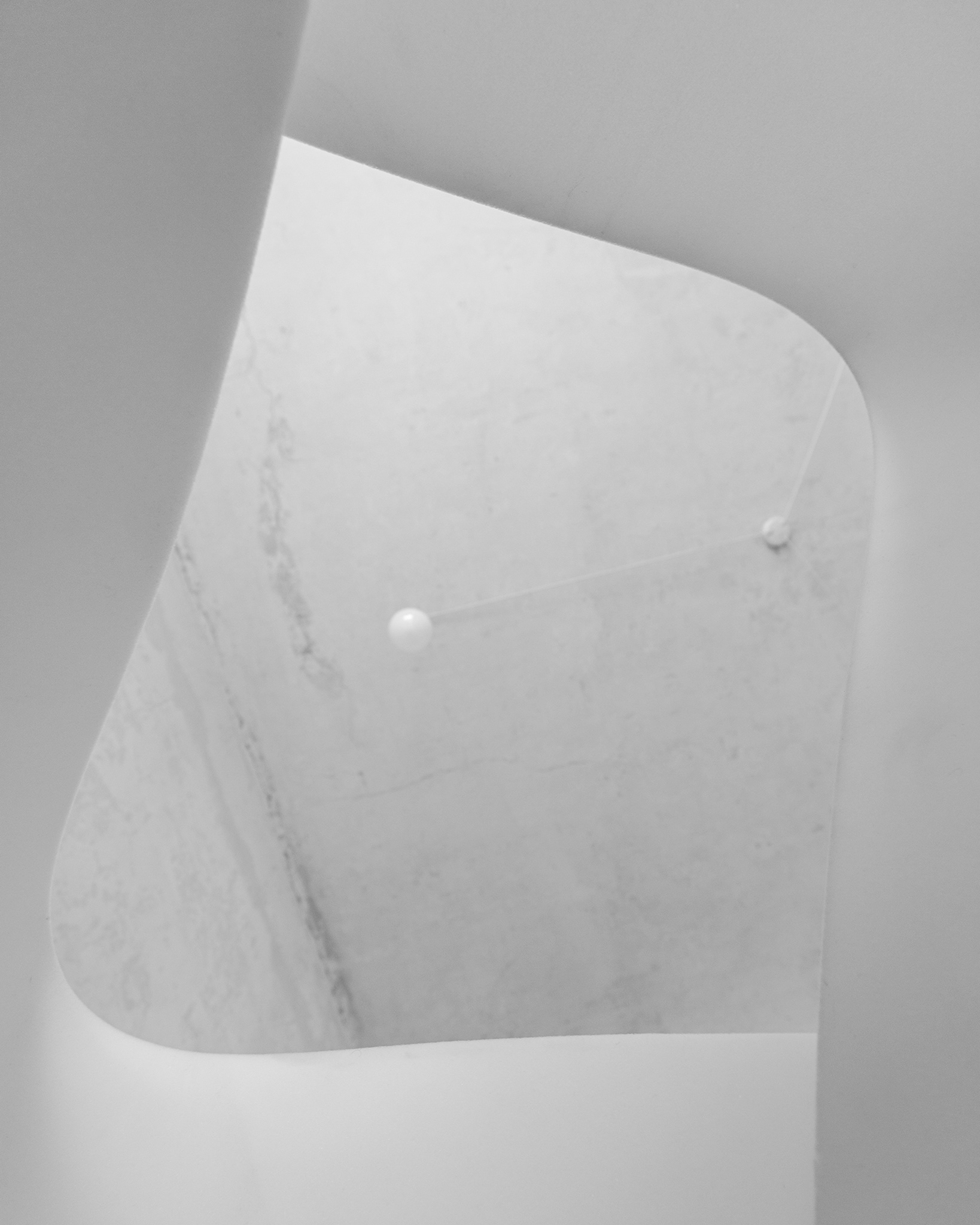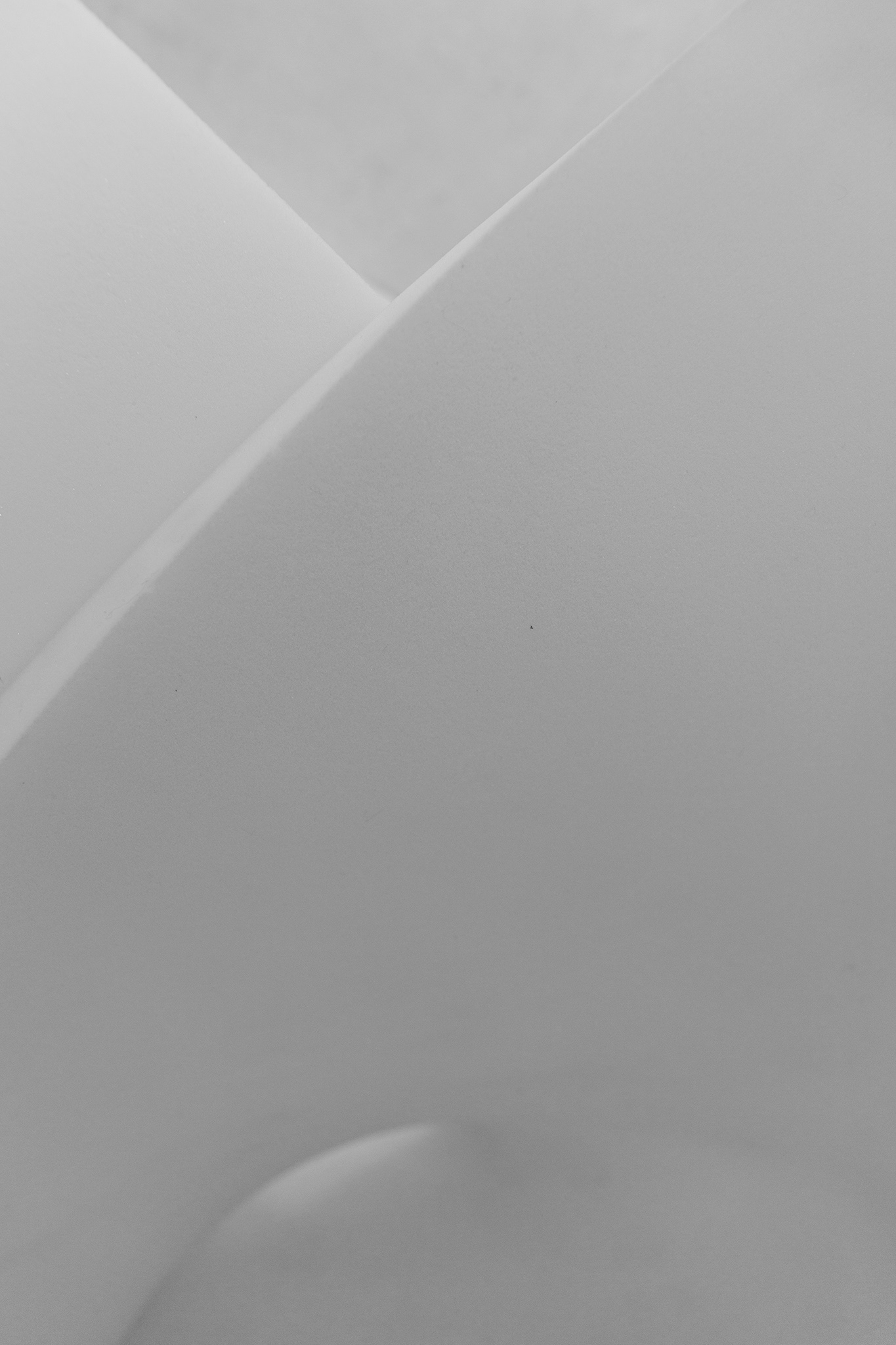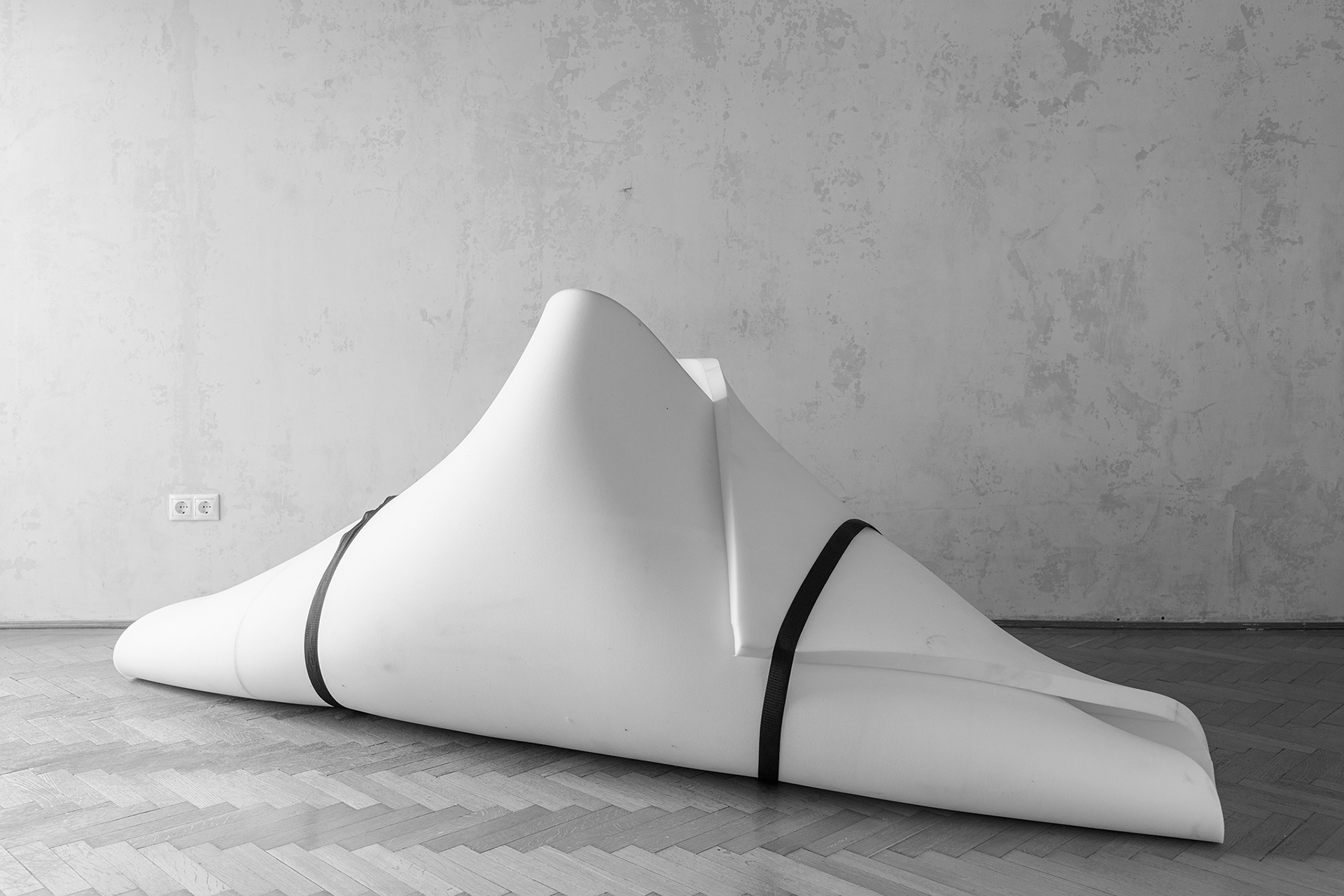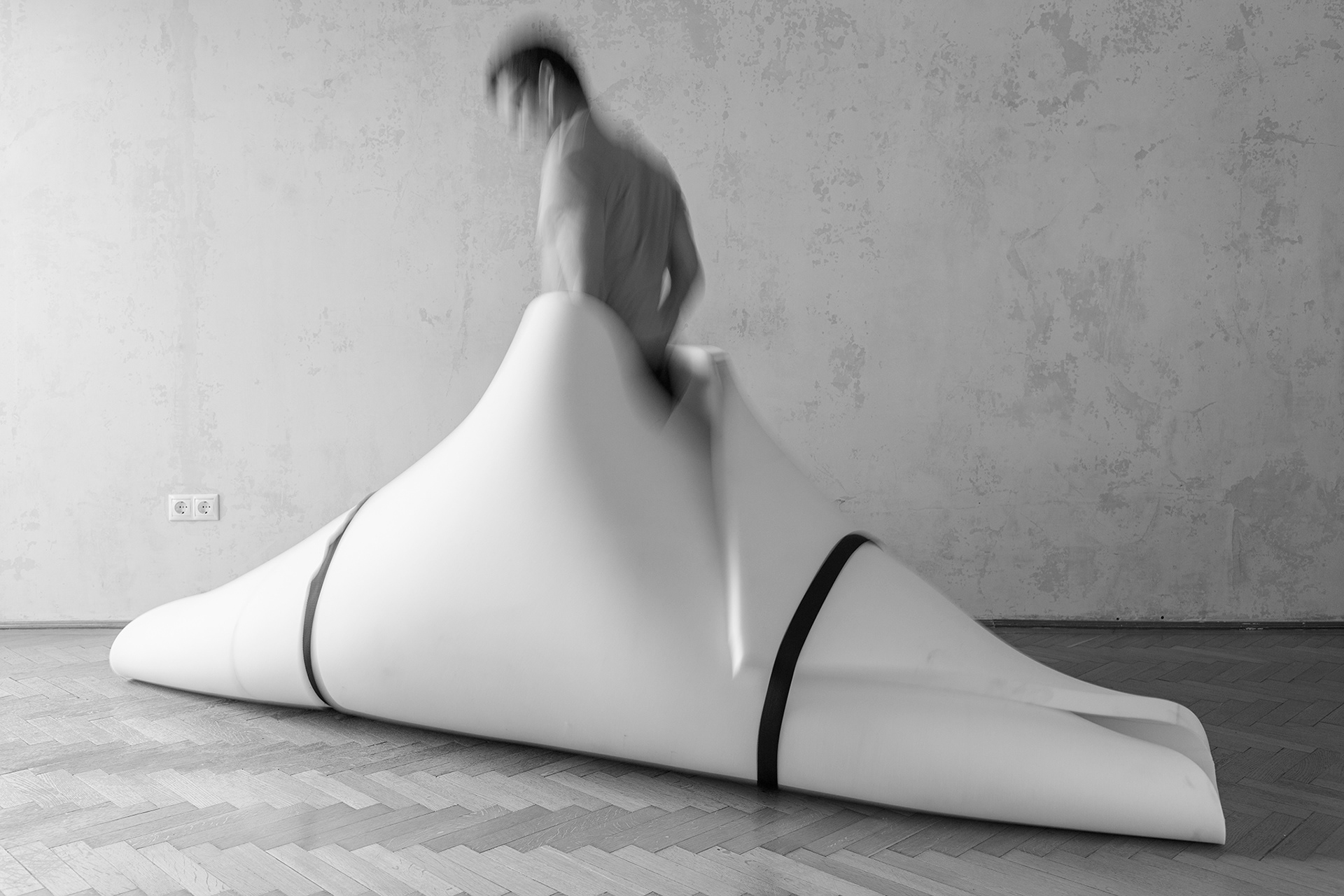Workplace Dreams -
Nap Therapy for Mental Fitness in the Office Environment
Author: Partizan Architecture, Photo: Danyi Balázs, Project year: 2019 PRTZN
Health Concerns in Office Space
As a result of industrial and technological changes occurred in the beginning of the XXth century and the expansion of the knowledge-based economy office work became widespread. Since the emergence of the office environment, its physical appearance has been under constant change: newer and newer researches and experiments aim at exploring how the optimal work environment can be created. Today it is already widely known that office work is responsible to a variety of health risks, the origin of which stem from both physical circumstances and mental effects. The physical environment is responsible not only for bodily harm but for mental problems as well: too much sitting leads to depression, artificial light causes sleeping disorders and tiredness. People performing office work has to face numerous further mental factors that come from the nature work day-by-day: constant compulsions, strict deadlines, anxiety and stress brought by information overload contribute to mental and bodily defects as well. However, these effects cannot be contributed solely to the devices surrounding us, since it is not their physical existence that is dangerous but the way in which we use and relate to them. Ultimately, it is the everyday human acts, our unconscious spatial practices that lead to our demise. What kind of new spatial practices should be introduced into the everyday that are able to save the human being exposed to the dangers of the office environment and sustain a liveable, healthier mental and physical state?
Nap Therapy for Mental Wellbeing
It is common today that fitness rooms are installed at bigger offices in order to ease bodily health concerns caused by office work. Although physical activity affect mental fitness as well, facilities aiming at sustaining especially mental health are still marginal. WORKPLACE DREAMS project aims to change this status quo by drawing attention to the practice of regular napping during working hours. It suggests an experimental therapeutic napping station installed at the exhibition space of KÉK that can be used both by people working at the coworking office and any other visitors as well. A short sleeping period inserted into a workday has many benefits for mental wellbeing as shown by scientific studies. It has already been confirmed that daytime naps with various lengths decrease stress, improve concentration, creativity, memory and learning skills. Additionally, naps ease mental exhaustion brought about by information overload, improve performance in case of tasks requiring significant intellectual capacities, advanced visual perception, spatial memory, and the skill of processing spatial experience that is particularly beneficial for people working in the field of design.The project seeks architectural solution to the question of how the state of being asleep can be integrated into spaces normally dedicated to activities carried out while being awake, and how daytime sleep can be incorporated into everyday life.
Operation of the Experimental Nap Therapy at KÉK
When entering KÉK they are provided with a special audioguide that serves them with information about the project and also functions as an instrument of the nap therapy as well. The voice in the guide leads the visitor to the entrance of the Nap Zone that can be found behind a curtain installed at the exhibition space. Shelves are placed onto the curtain where visitors can leave their shoes and grab a pillow that they can bring with themselves into the Nap Zone. When visitors enter the Nap Zone, they find themselves in an almost totally dark space equipped with three private Sleep Nests, each having their own lamp illuminating slightly only their direct environment. The color and intensity of the illumination can be adjusted individually to suit sleeping. The Sleep Nest is designed particularly for daytime workplace naps. It is a private one-person sleeping unit that has an interior space produced through the simple folding of a foam mattress. Through its special curved form the Sleep Nest is intended to create calming private space that helps relaxation. The thick foam skin provides adequate isolation against audiovisual effects coming from outside. The formation of the nest is designed to create an atmosphere that recalls the sense of safety brought about by the act of hugging. The foam skin hugs its user, hides and protect her from the outside world: it helps people focus inside and relax effectively and comfortably. After finding a free Sleep Nest the visitor can creep into the unit, lie down, find a comfortable sleeping position, set the light, choose one of the three nap therapies on the audioguide’s control panel and start the therapy program. The three nap programs vary in time, since research found that naps with different lengths affect different mental skills: the shortest therapy is called Power Nap. It lasts only 15 minutes, though it provides an energy boost that makes people remain mentally active for the rest of the day. The 60-minute-long therapy is the Memory Raiser. After the nap people may feel a bit groggy for a while, though it enhances memory skills, so it is particularly advantageous before a presentation for instance. The longest therapy is called Creativity Nap: it is 90 minutes long and it can be very beneficial if people need to perform creative work. In addition to the length of the nap, the visitor can choose from various calming sounds that are supposed to help falling asleep: these are natural sound, white noise and pink noise. After the end of the program the audioguide gently wakes up the visitor and asks her to leave the Nap Zone. As the final step of the program visitors are asked to fill in a survey made together with sleep experts that asks questions about their nap experience. The results of the survey are to be processed after the exhibition and based on the findings the therapy will be developed further.





